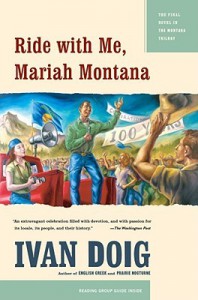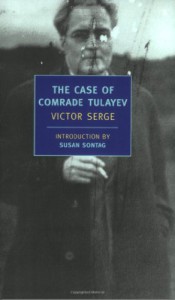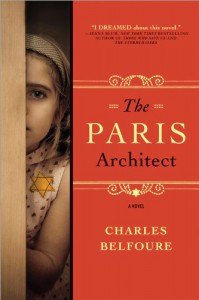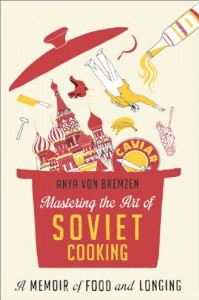
Are you curious about some of the true facts about Dorothy Lange's 1936 iconic photo "Migrant Mother" of Florence Thompson Owens? More photos were taken. Who were these people? Check out this link: http://www.jamesaltucher.com/2011/11/... If you are unacquainted with Lange look here: http://en.wikipedia.org/wiki/Dorothea...
A photograph can say so much, but how much is really true?
In this book of fiction, Mary Coin is Florence and Vera Dare is Dorothy Lange.
*******************
On completion:
Intellectually, I liked this book. It gets you thinking. There are some great lines and thoughts about truth, what is real and what is fiction, and photography as an art form. I love the ending that clearly defines where the author stands; you are not left hanging, wondering what the author is trying to say. What you see with your eyes is not always the truth. Truth is complicated and as with everything else people will interpret what they see differently. I liked the way this theme validates the purpose of writing fiction, of creating one version of a possible reality. Whether it is correct from start to finish is not of real importance, in any case you get inside different people’s heads and see how they saw the trajectory of events.
The author does not distort the known facts, but she has plenty of lee-way since very little IS known. Owens/Mary had six or seven children. How the story plays out could possibly be true but perhaps not! Just playing with this version, imagining how the characters felt, is worth the ride.
My favorite theme was what you can achieve with photography as an art form.
What if someone took a photo of you and later you saw it used over and over again. It takes on a life of its own. Think about that. How would you feel?
The dialogs and language used by the different characters are very well done. The book starts in the 1920s and continues a decade into the 21st century. I loved the lines of Alice, a rebellious teenager of modern times. Her whole family is totally fictional but this part of the story makes it possible to ponder the themes mentioned above. Alice and Vera and Mary, women from completely different worlds and eras, the author succeeds in making each one feel true to their time. Then there is Alice’s father, Walker, a social historian. In the sections set around him the words used are those of an educated person. In contrast, when Mary talks the language is simpler. It is like looking at a painting where all the details are right. The story does flip between the different periods, but it is not hard to follow.
There are some parts of the plot that I found far-fetched.
Mary gave up her seventh child because she could not afford medicine. She could not take care of him. How many children can one single women support working as a migrant laborer? She already had six children. But seriously the part where George would not suckle because he had become used to Alma was stretching it.
(show spoiler)
The audiobook has three narrators, one for Mary, one for Walker and one for Vera. I enjoyed the male narration by Mark Zeisler best. Alison Fraser narrates Vera’s sections, and this too was well done. Eva Kaminsky narrates Mary’s sections. In my view her tone felt like that of a modern-day woman. She has a lilt that goes up at the end of each sentence that disturbed me.
I did come to understand the different characters, how past events made them into who they were. But did I feel empathy for them? No, not really, although I did certainly feel in my bones how it might have been to be a migrant worker in California during the Great Depression. I am glad I read the book for this experience alone. I am also glad I read the book because it got me thinking about photography, what can be achieved through it, both good and bad. Finally, how important is it to seek out “the truth”? Isn’t it more important to see how different people might view a given event? Maybe it is not really important to analyze which is the one and only correct one!
Read Oct 9-11, 2013
Shelves: audible, art, hf, usa

 4
4
 2
2










 1
1












